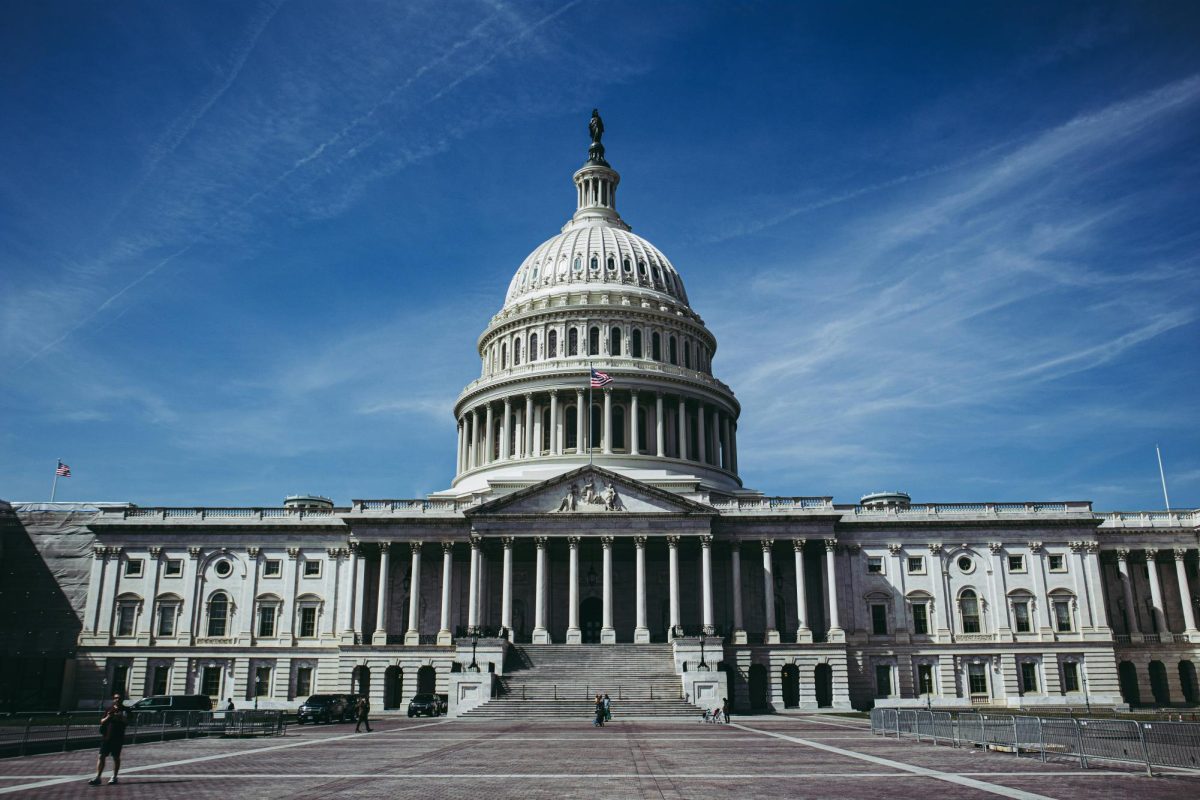Skin Deep
The History of Colorism’s Toll on the World
January 8, 2020
“Don’t play in the sun.” “She’s pretty for a dark-skinned girl.” These phrases may sound familiar to you because they represent the obsession that skin shade has on our society.
But how has this obsession with the shade of our skin come to be?
Colorism is all around us. Not to be confused with racism, colorism, according to the National Conference for Community and Justice, is “A practice of discrimination by which those with lighter skin are treated more favorably than those with darker skin.”
Slavery is certainly the largest of the many roots in American colorism. Even in the brutal treatment of slaves, lighter slaves and children who were the product of slave/master relations had privileges that their darker-skinned slaves did not. Light-skinned slaves were more likely to work in the house, and dark-skinned in the field. Geoff Bennett of NPR says, “the dark-skinned blacks worked in the fields while light-skinned blacks worked in the house, hence the terms “field negroes” and “house negroes.”” Bennett also says, “Not only did the slave owners, who were often responsible for the lighter shade of brown his slaves had, give lighter-skinned blacks more respect, but so did the dark-skinned blacks.” They also had an advantage because of their position in the slave economy.
Mary Patillo, a Professor of Sociology and African American Studies at Northwestern University, says that “house servants’ sustained and close contact with the white upper class allowed for direct experimental knowledge of white lifestyles.” Patillo and Bennet are both expressing the blatant colorism that existed and created the foundation for modern colorism.
About a century later, Malcolm X spoke about his experiences with conking his hair in The Autobiography of Malcolm X as told to Alex Haley. At the time, the conk was a hairstyle popular amongst blacks in the mid-1900s where men with naturally curly or kinky hair would have it chemically straightened. “I spent the first month in town with my mouth hanging open. The sharp dressed young ‘cats’ who hung on the corners and in the pool rooms, bars and restaurants, and who obviously didn’t work anywhere, completely entranced me. I couldn’t get over marveling at how their hair was straight and shiny like white men’s hair; Ella told me this was called a ‘conk.’” After he got a conk, he swore to himself that he would never go out without one. He reflects later that this was his first “step towards self-degradation,” as he underwent much pain to get rid of his black features, especially his curly hair.
Hair is really just an extension of colorism, which is something Malcolm X came to understand. In this example, he was embodying the ideal that straight hair is preferred over nappy or kinky hair, as straight hair was seen as “better” because it is a common trait in white people.
Colorism affects our children, too. In the slightly modified 2010 version of the “Doll Test,” a 1940s experiment by psychologists Kenneth and Mamie Clark that studied the effects of segregation on African-American children, CNN conducted an experiment where instead of having children choose between a white doll and black doll, children chose between five characters with skin tones ranging from white to dark brown. When asked which child is the mean or bad child, the majority of the kids chose the two darkest characters, and when asked which child is the nice or good child, the majority of the kids chose the two lightest characters.
This clearly shows that colorism is taught, even if very indirectly as these children bring bias into their world view. Colorism affects all of us, even the most innocent.
The United States is certainly not alone in its colorism, however.
India’s long history of being colonized and conquered by light-skinned interlopers might have had an impact on Indian colorism. Examples of groups that invaded and/or occupied India include the Aryans, Persians, Mughals, and of course, the British. This may have led to the belief that light skin is connected with power.
As a result, in the last 100 years, starting in 1919, India saw a massive introduction of whitening creams that were believed to reduce melanin in the skin. Examples of these products include “Afghan Snow,” “Naturally Fair,” “Fairever,” “Fairglow,” and the infamous “Fair and Lovely.” These names are suggesting to the consumer that fair skin is in, and it brainwashes them. Additionally, it makes people with naturally dark skin self-conscious. And the market still makes BANK. According to Andre Borges from Buzzfeed India, “The Indian whitening cream market was estimated at around 423 million dollars in 2010, and by 2014, the industry was estimated at almost half a billion dollars.”
These whitening creams are detrimental to dermatological health. First, it reduces melanin in a person’s skin. Melanin is an agent that protects skin from UV radiation, so reducing melanin will cause sensitivity to the sun. It also causes the skinning and scarring of the skin, nerve damage, kidney damage, and liver damage.
Colorism affects almost everyone – mentally, physically, and psychologically. It is a global issue that continues to thrive and feed off of our social well-being.












































